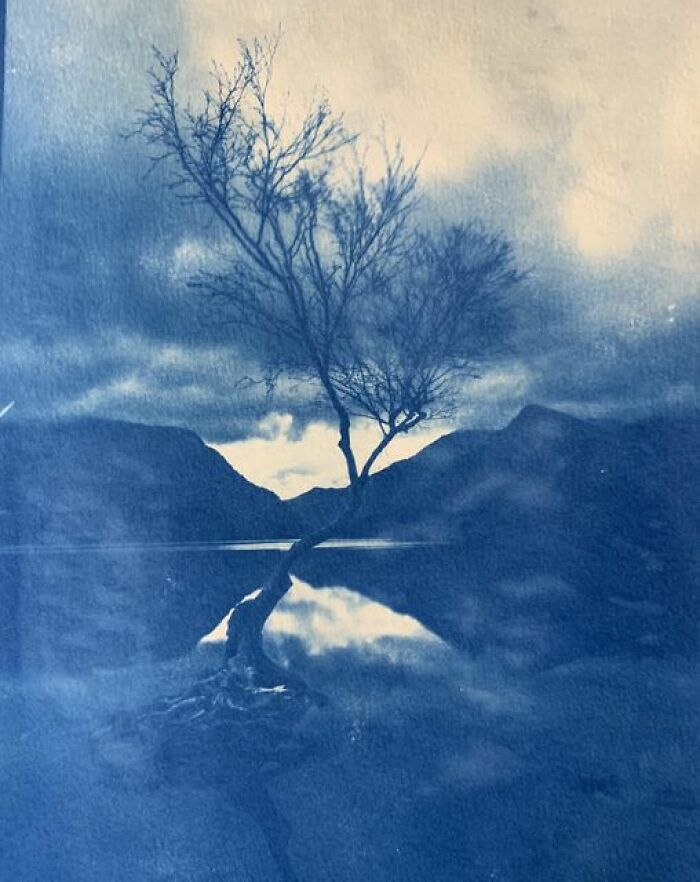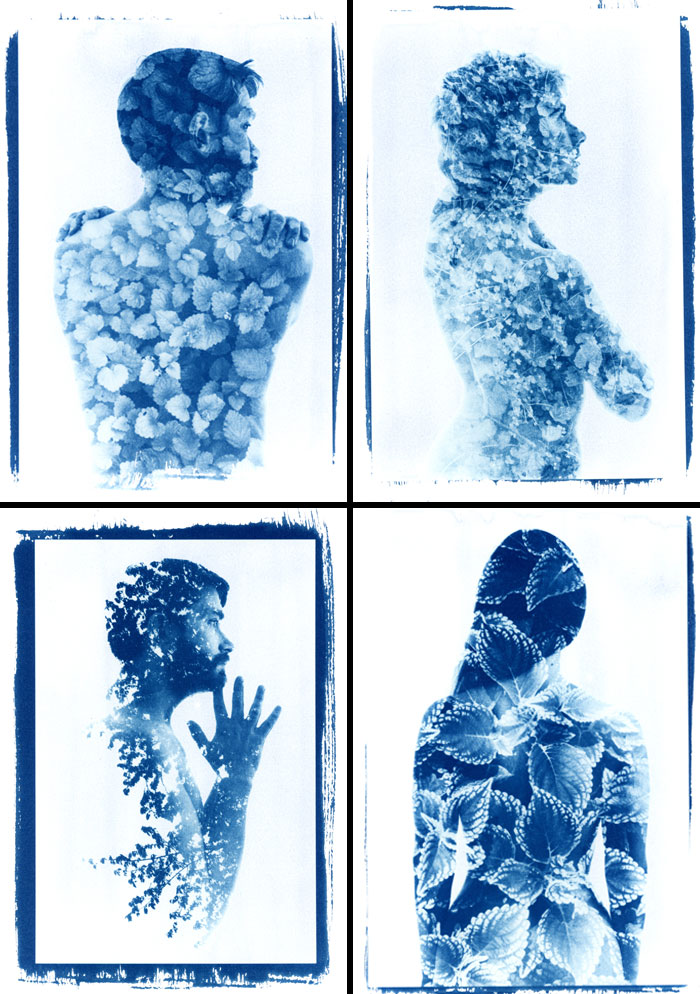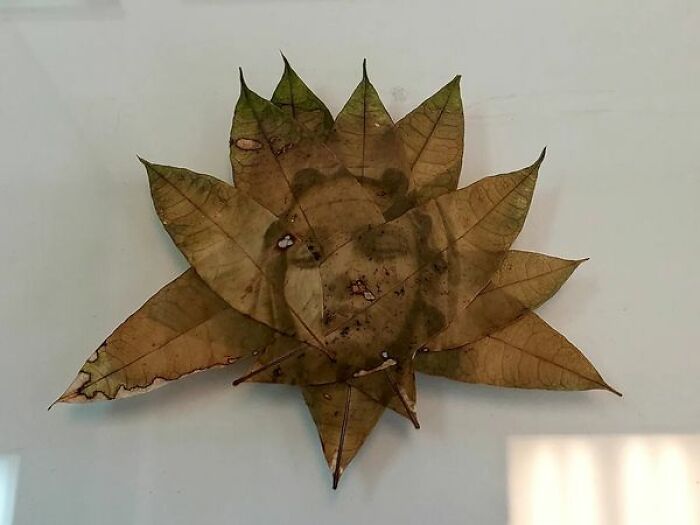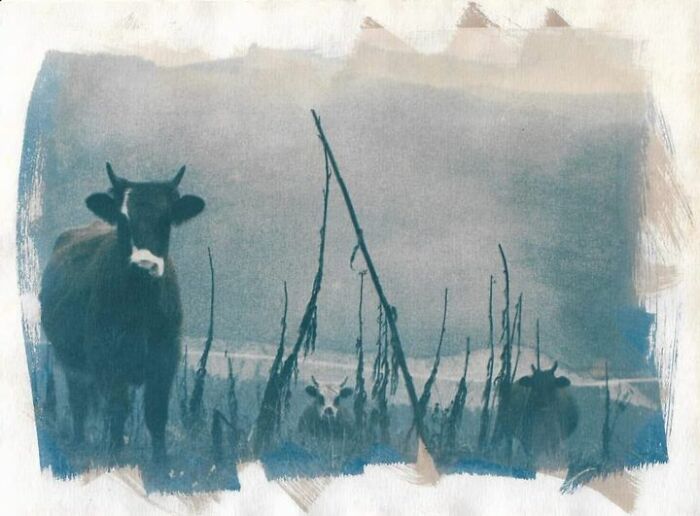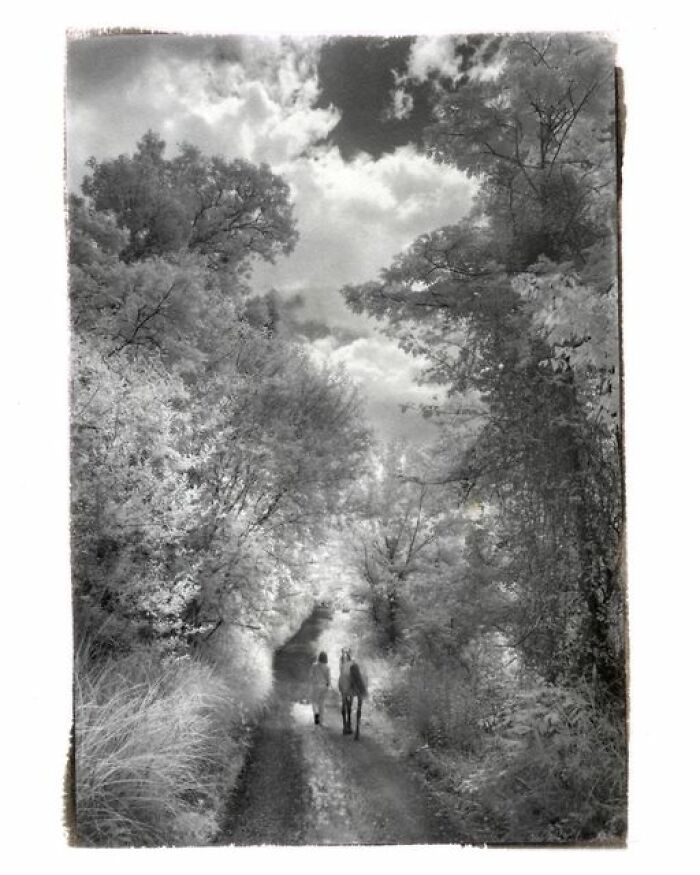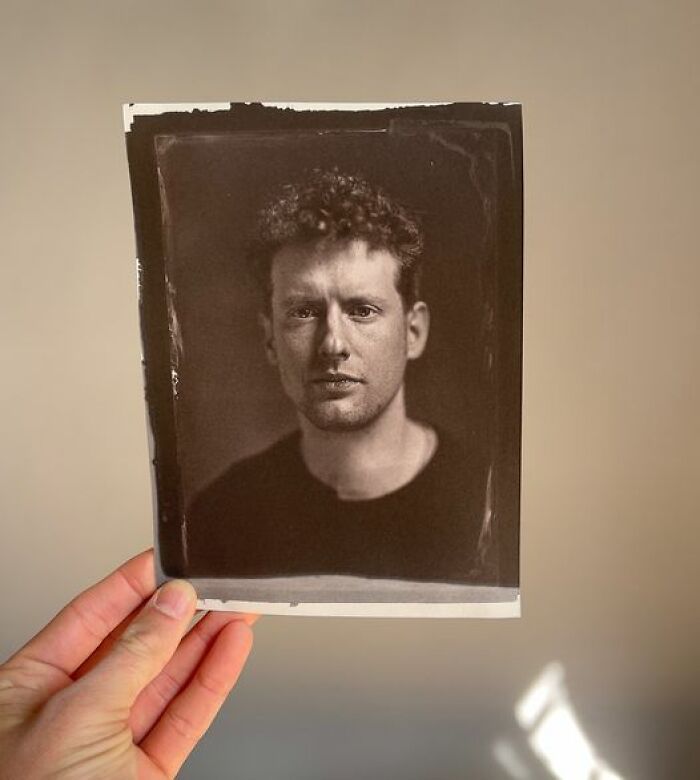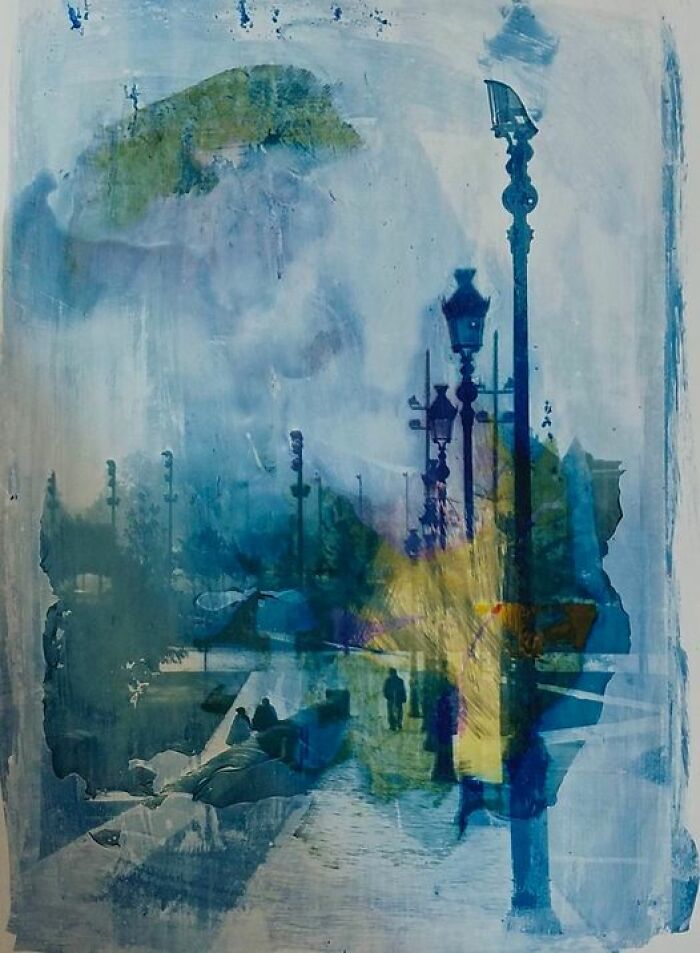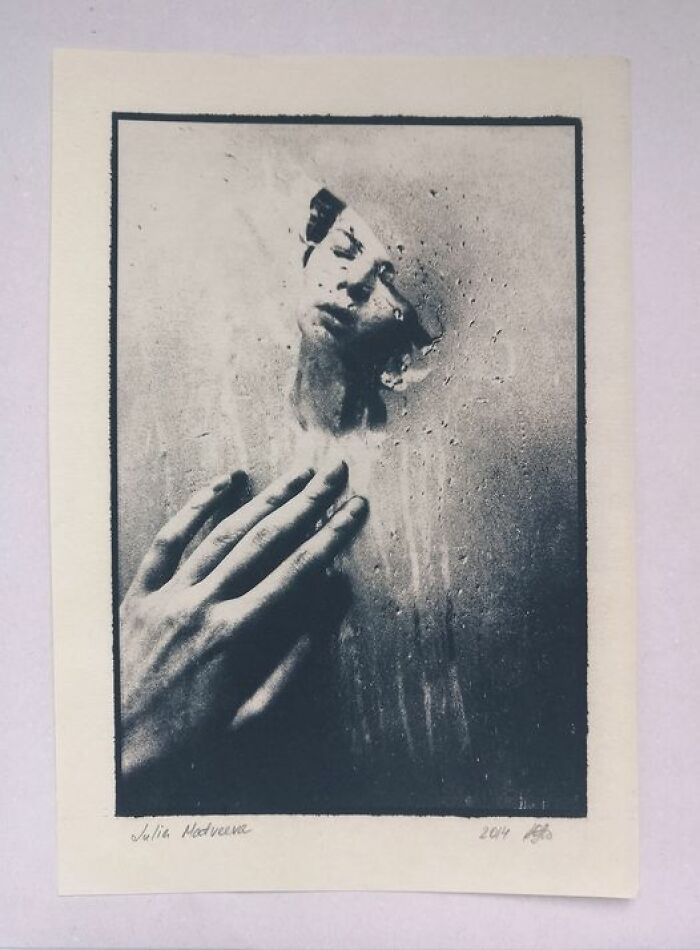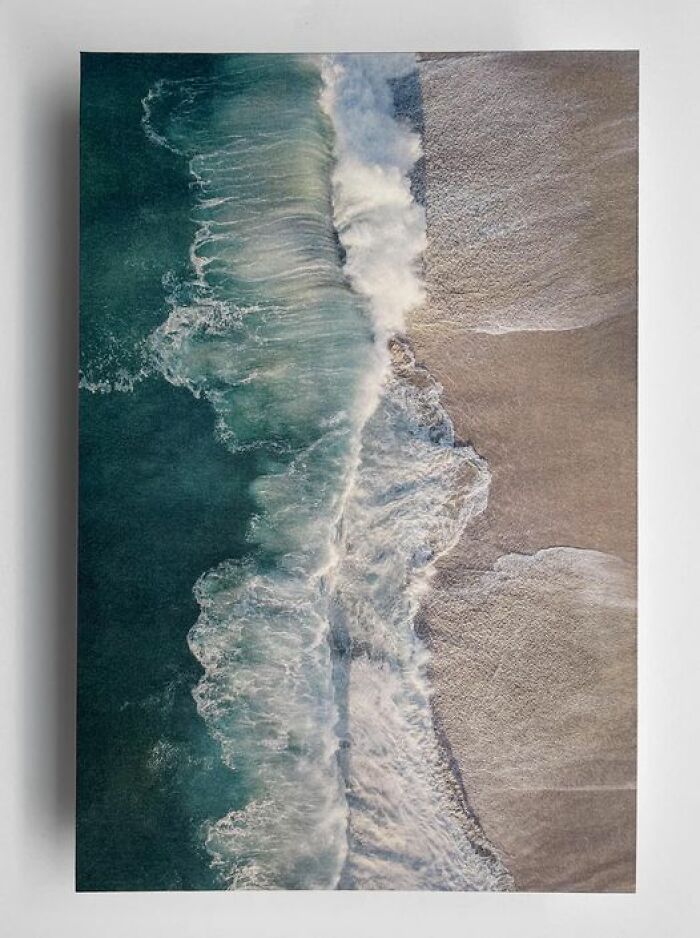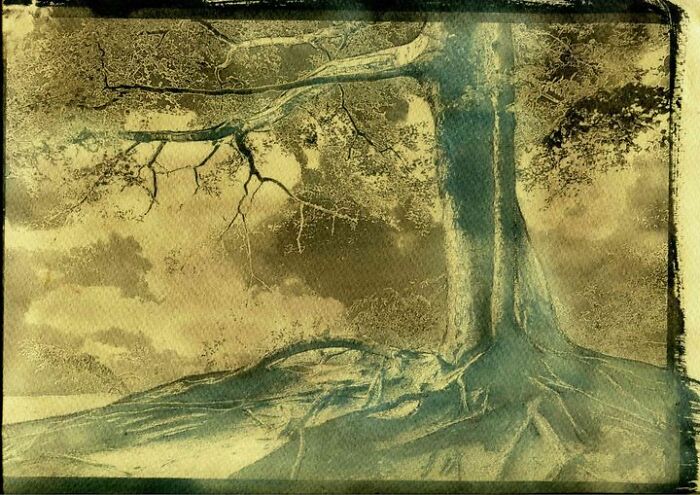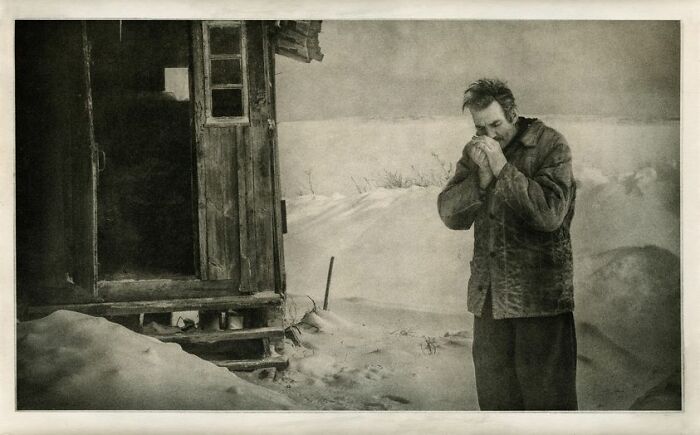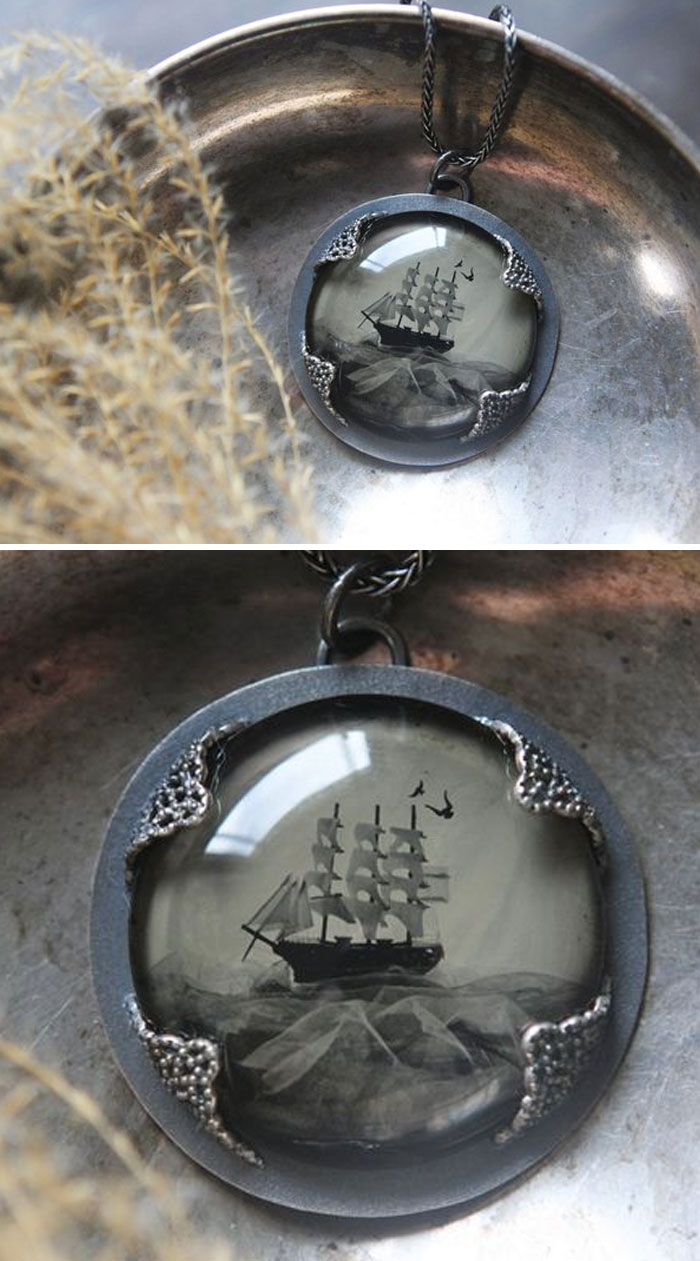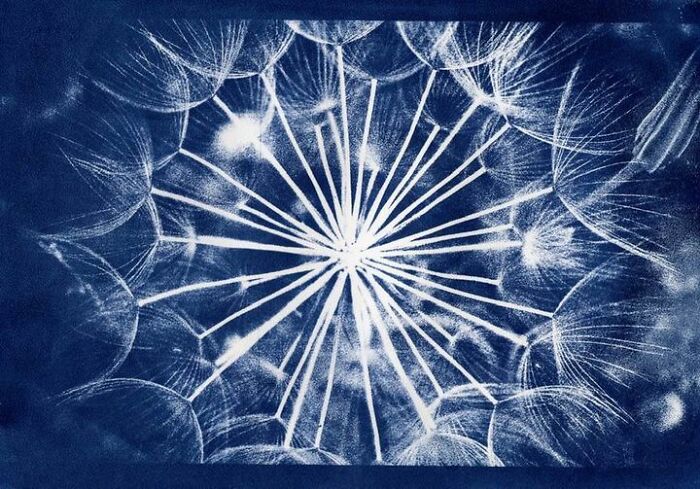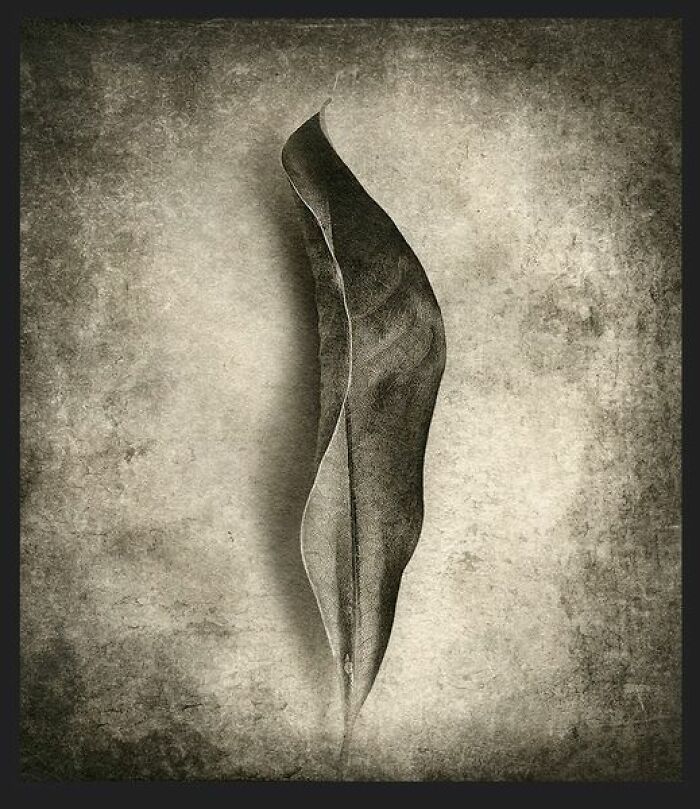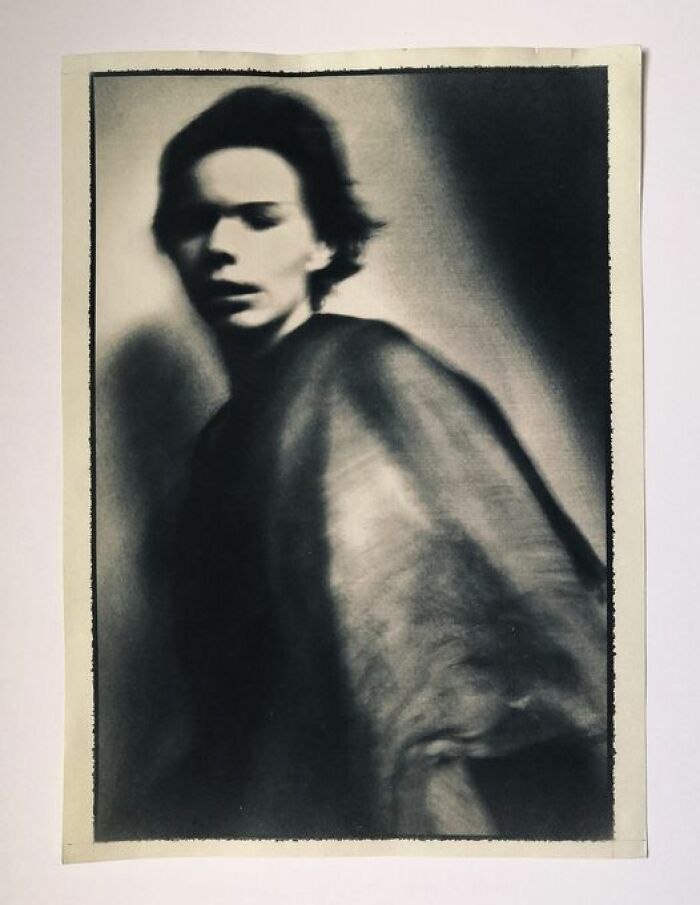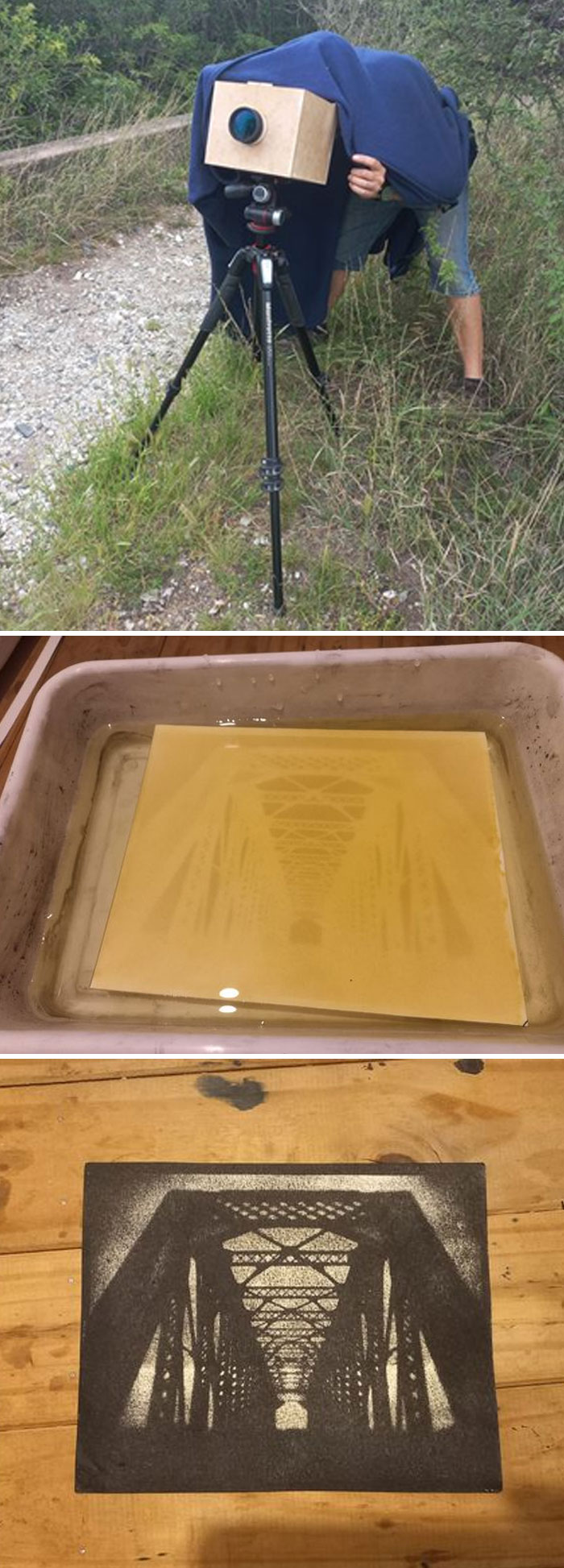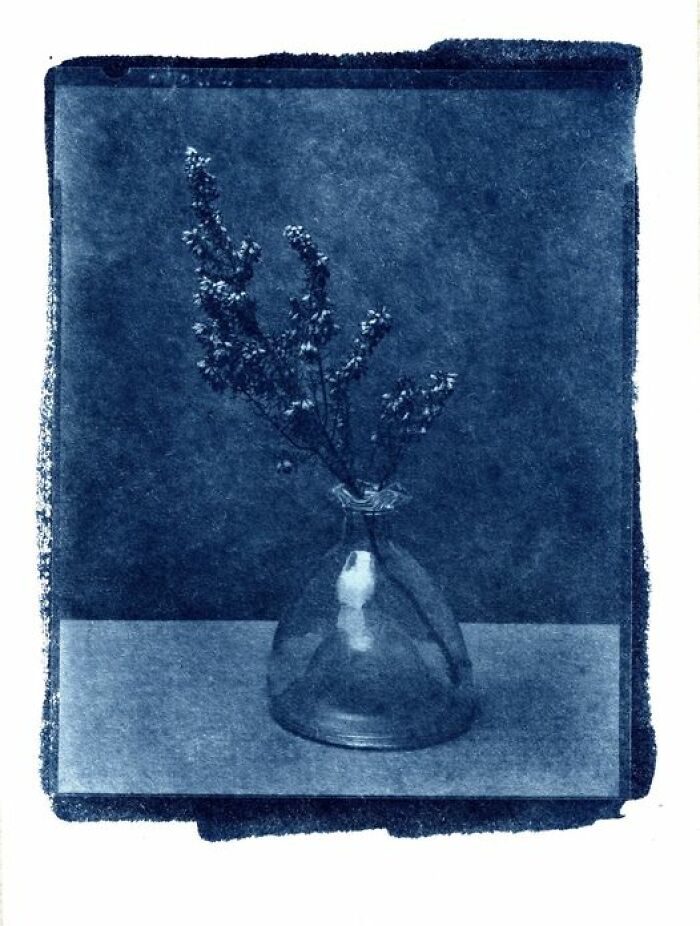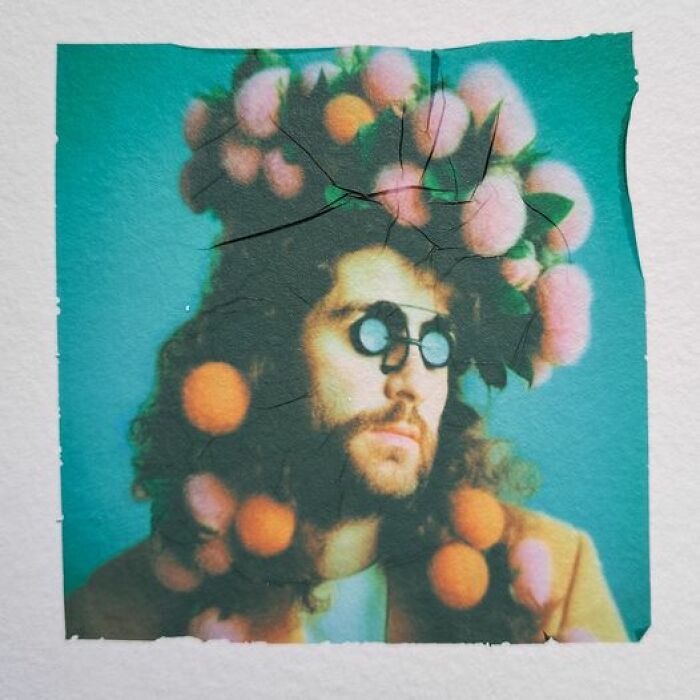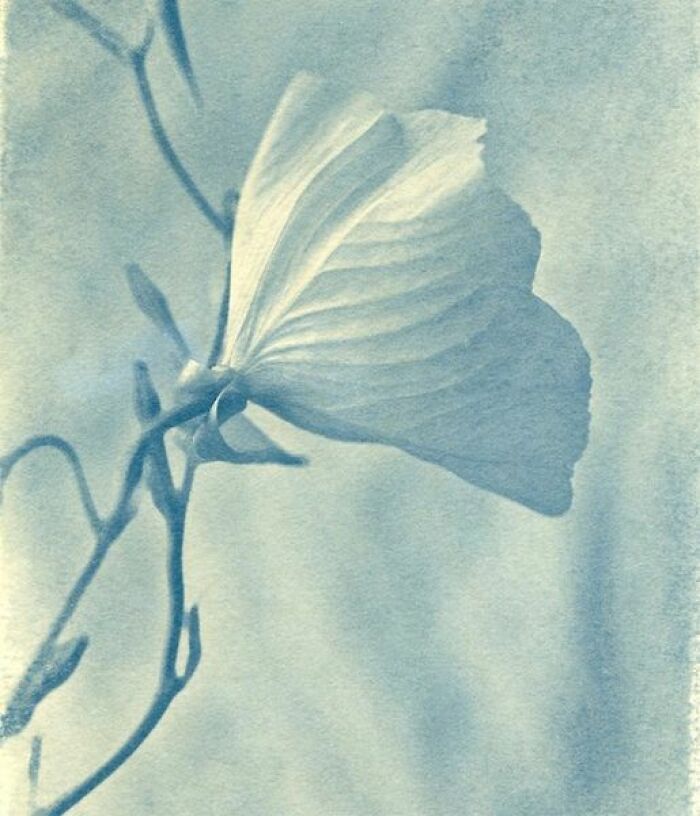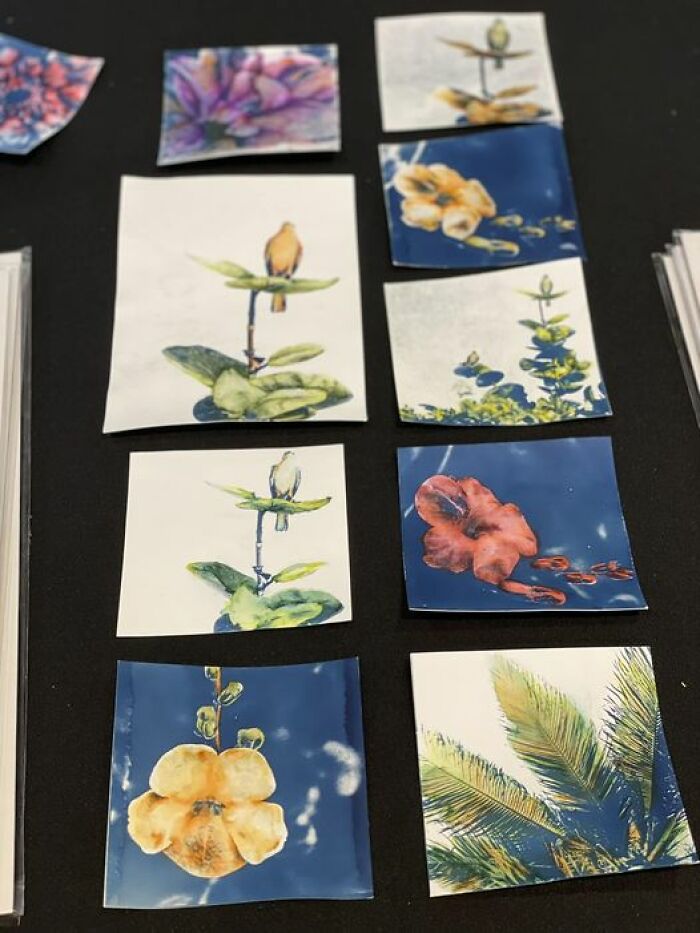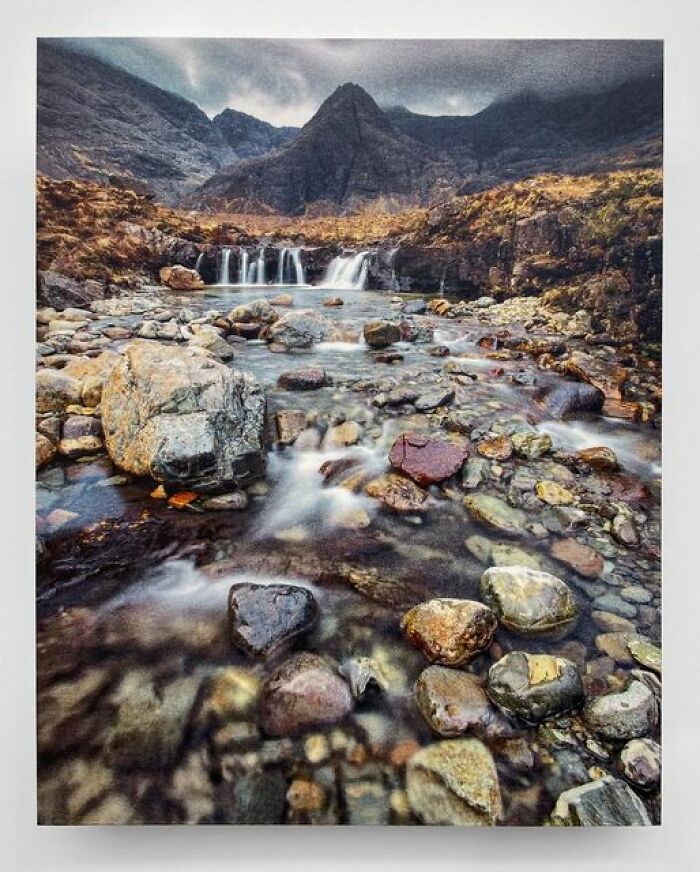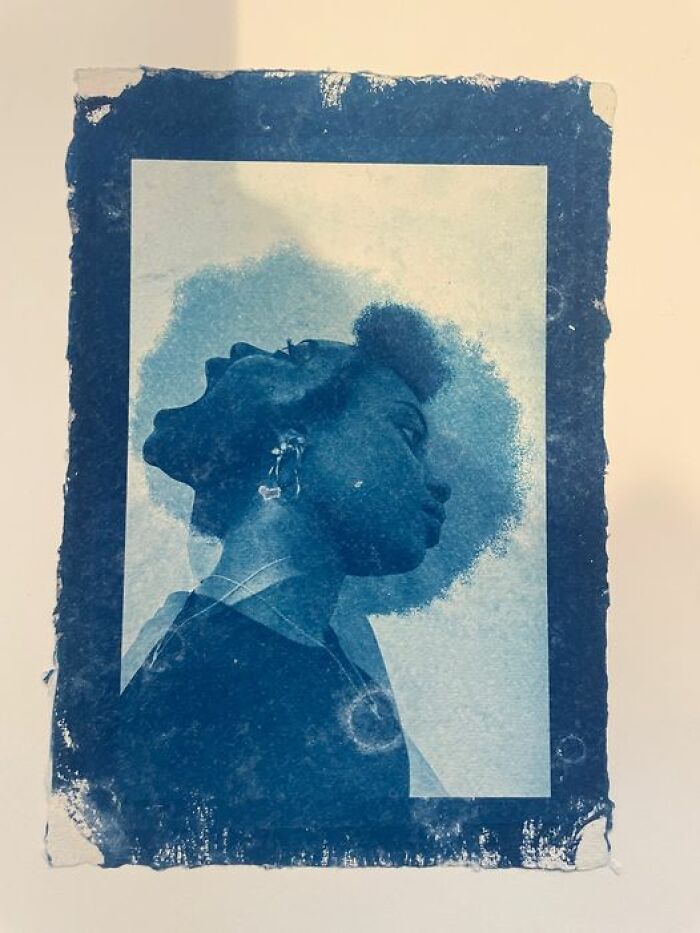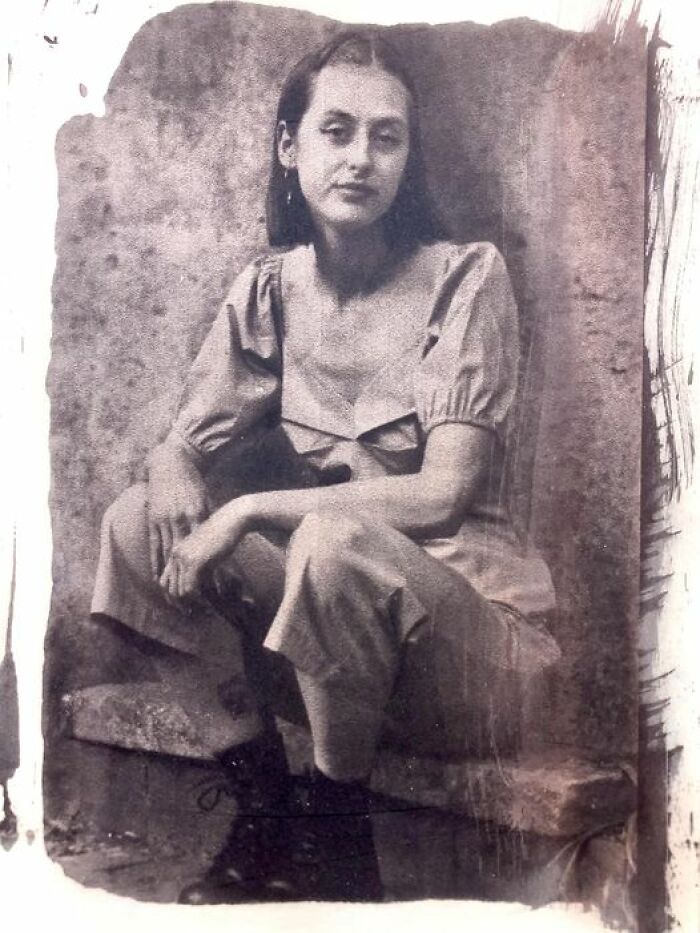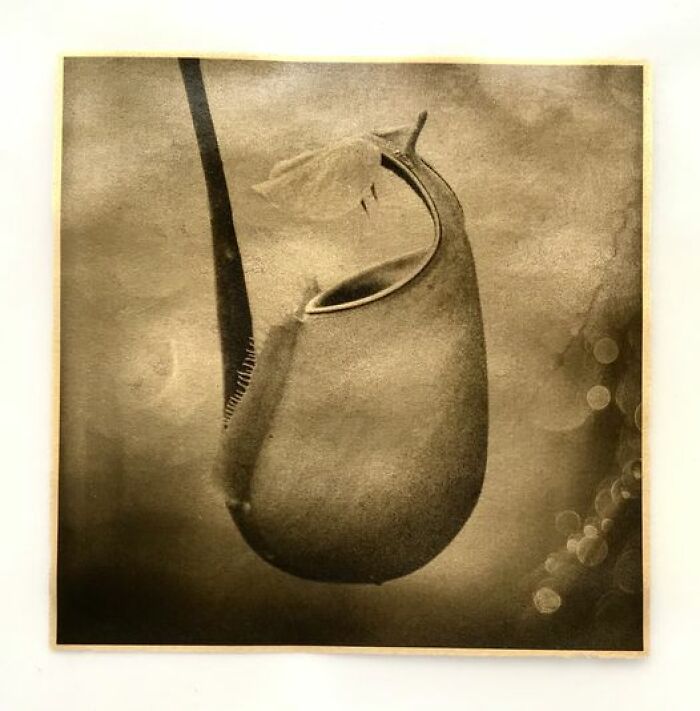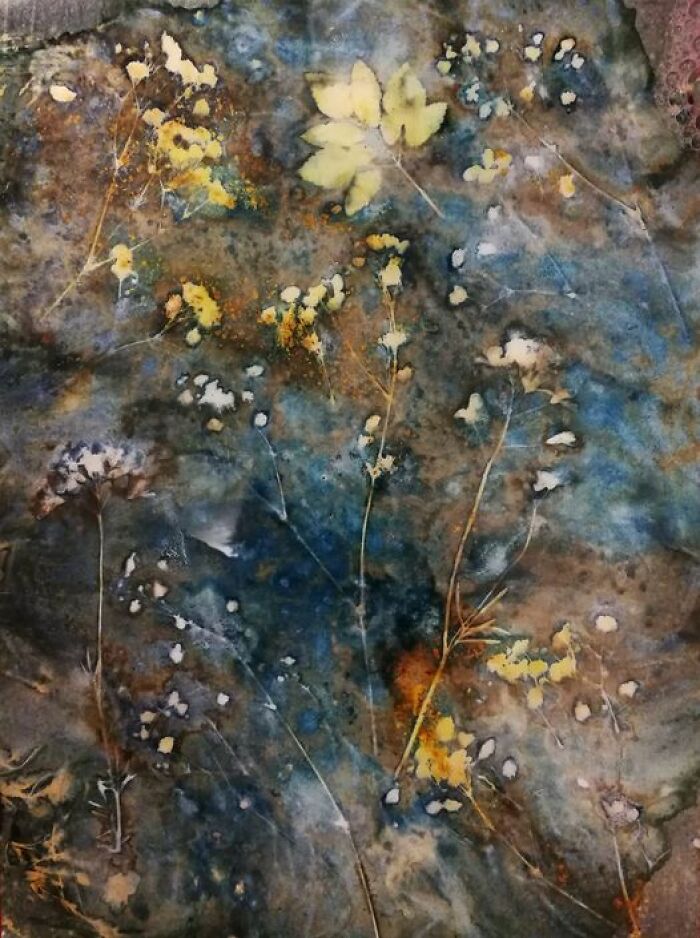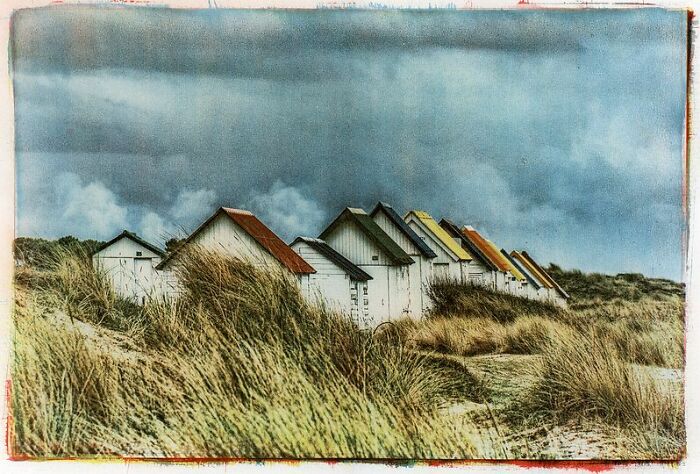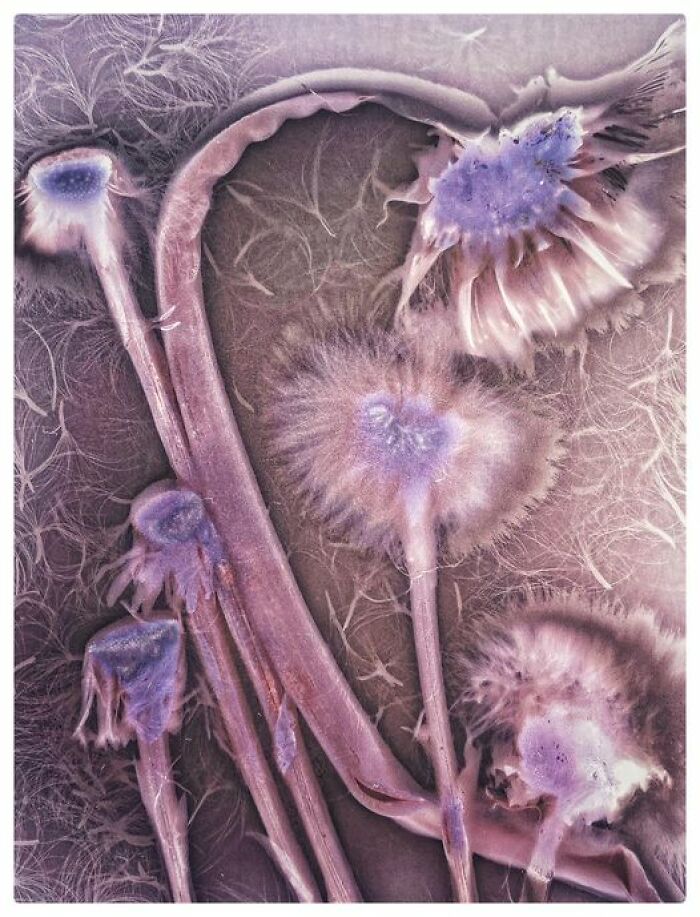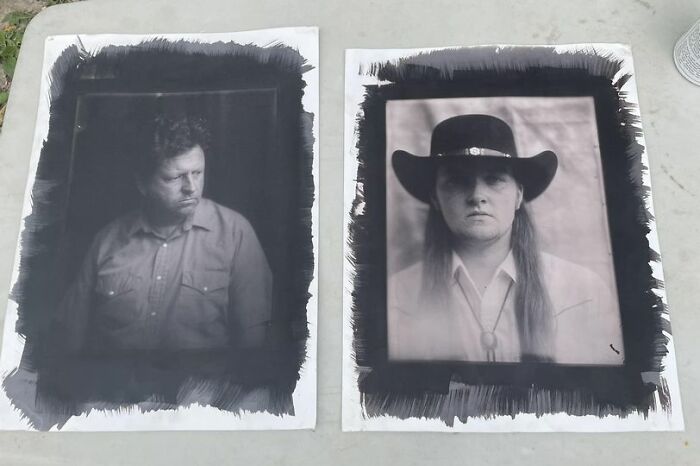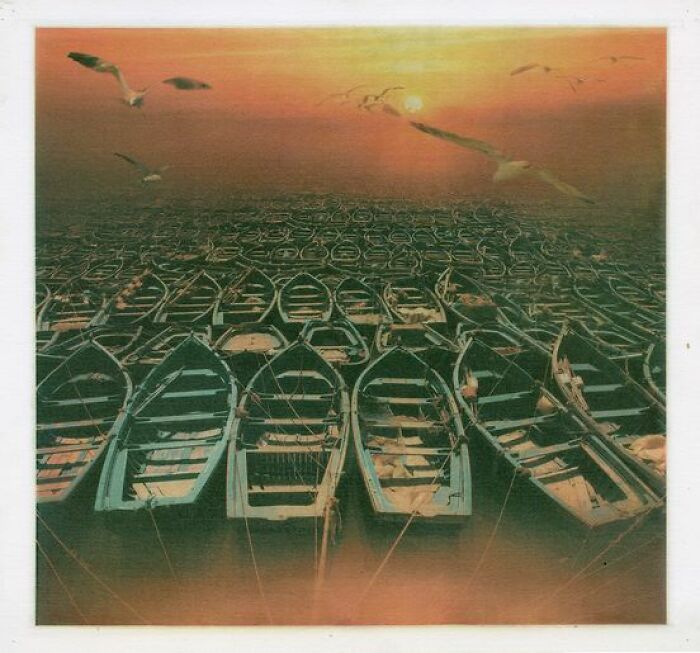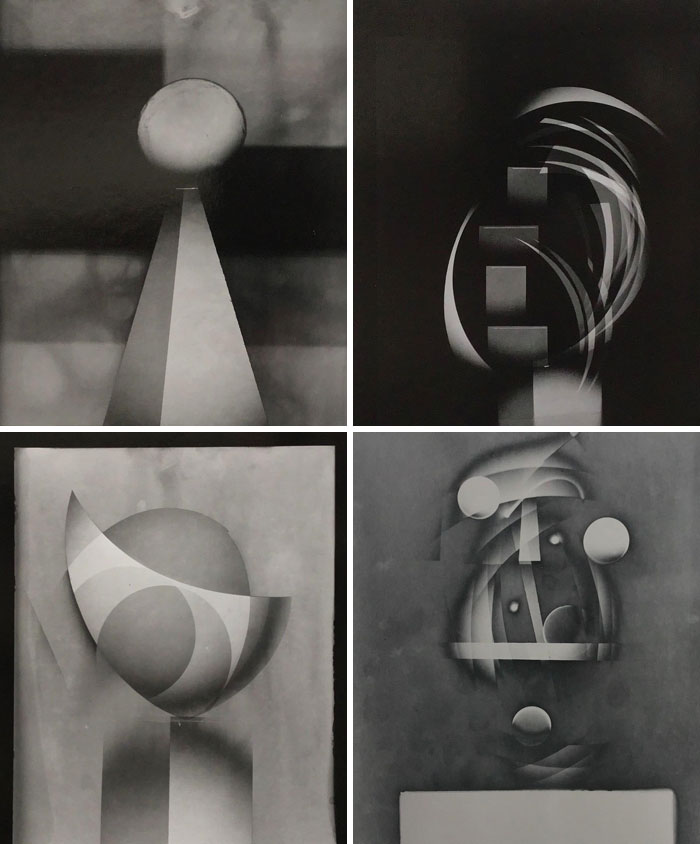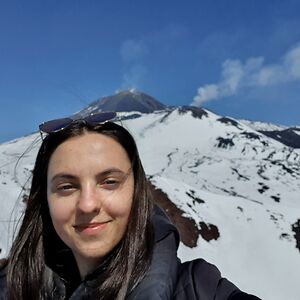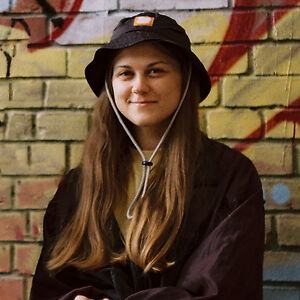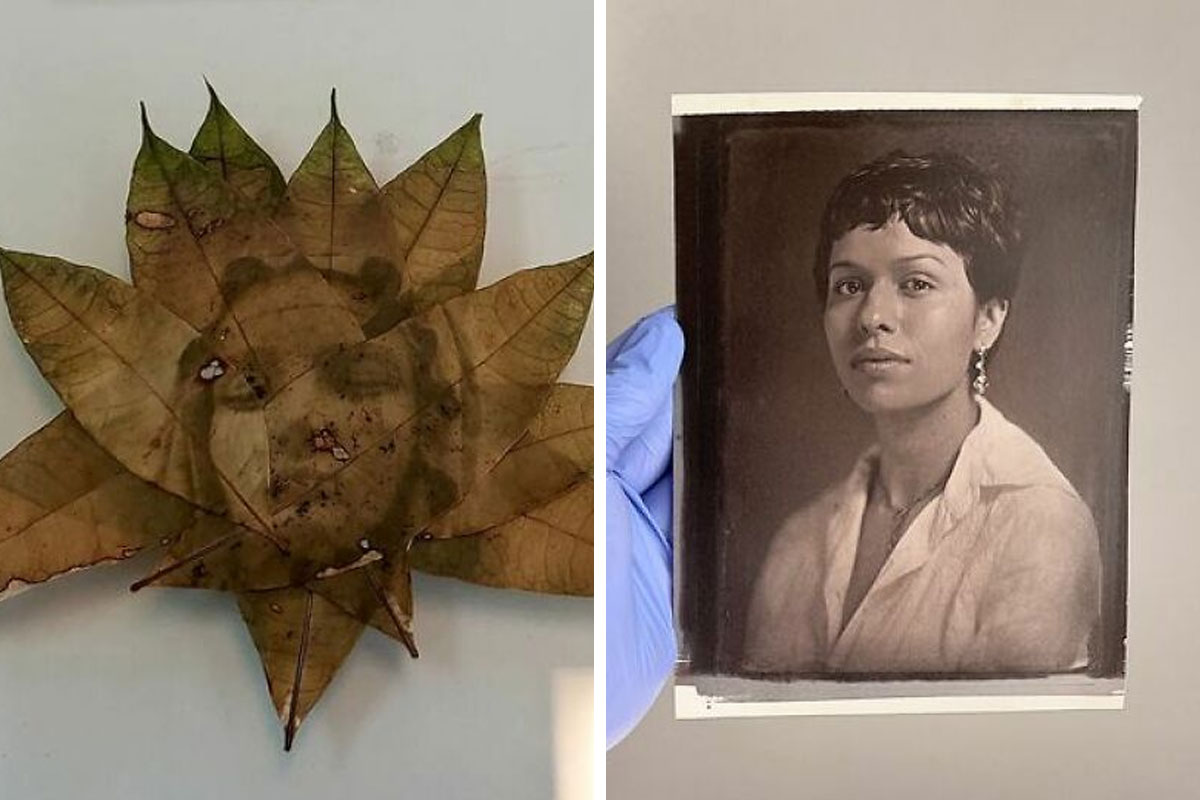
People Use Alternative Photographic Processes To Create Beautiful Images, And Here Are Some Of The Best Examples (91 Pics)
Those seeking to express themselves through art find hundreds of ways to do it. Visual art alone, for instance, boasts an abundance of approaches, from photography to graphics, and beyond. In addition to the rather popular art forms, there are also numerous unique alternatives, often less familiar to the general public, such as gum bichromate, kallitype, or chrysotype, just to name a few.
All three of the aforementioned are alternative photographic processes, examples of which can be found on a public Facebook group titled exactly that. The group consists of over 48 thousand enthusiasts of different kinds of methods, who share their beautiful artwork with the world. We have gathered some of their best examples on this list for you to marvel at, so wait no longer and scroll down to find the unique images.
Bored Panda has turned to the editor of the ‘Alternative Photography’ website, Malin Fabbri, to learn more about alternative photographic processes and she was kind enough to answer some of our questions. You will find her insight in the text below.
This post may include affiliate links.
My First Ever Attempt At Cyanotype Printing
The ‘Alternative photographic processes’ Facebook group was founded in 2009, and has gathered 48.3 thousand members over the years of its existence. It is affiliated with the ‘Alternative Photography’ online community dedicated to historical photographic methods in use today.
The editor of the ‘Alternative Photography’ website, Malin Fabbri, told Bored Panda that it was started in 1999 as a result of her thesis. “To start with the focus was cyanotypes, but it very quickly expanded to include all alternative photographic processes.”
“When Facebook started and became more popular, a group was started as a way of interacting. We tried a forum first (remember those?) but it soon got littered with spam. There are now a handful of excellent moderators that take care of the Facebook group,” she added.
Cyanotype Prints
I had to look up what cyanotype is. It's basically an environmentally-friendly photographic process that uses two chemicals and UV rays (sunlight) to fix the image onto a medium such as paper or fabric.
Mary With Radiant Leaf Halo 2022 Guyana Chestnut Leaves
omg how?! Edit: Why did I get downvoted? i was impressed and was wondering how it was done...
“The group is about sharing creative work, not pushing sales or products in people’s faces. I feel it is a go-to for getting inspiration for creative work. The website is about learning, connecting and getting inspired, and many people follow the group just for these reasons—to find articles as we publish them, connect with others and get feedback on their work or ask questions and get inspired by others who post their work,” Malin Fabbri told Bored Panda.
Cows. Duotone Cyanotype
Iron-Process Print
A year ago, I made my first iron-process print, from a digital negative of an image of especial importance for me. A year and many hundreds of prints later, I circled back and reprinted it this week. I still have work to do, but I am reaching a point where I feel as if I am reaching the process's potential. This print: Walking Piper (2021), a platinum-toned kallitype printed onto Revere Platinum paper
The description of the Facebook group reads that it’s a place for “photography as it should be: hands on, fun and inspiring”. It also expands on what are some of the alternative photographic processes that artists use, which include working with albumen, anthotype, argyrotype, carbon, bromoil, gum bichromate, gumoil, kallitype, photogravure, salt print, and temperaprint, among many others.
“Most alternative photographic processes are ‘historical’ processes, some invented in the 1840s and little has changed since,” the editor of ‘Alternative Photography’ pointed out. “There are newer ones too and they keep getting ‘invented’. What is the common denominator for all of them is to ‘get your hands dirty’. It's about mixing pigments or chemicals, coating paper by hand, exposing a print in the sun and getting really creative with the process. I think a lot of people use it to get away from their screen. They use it as a creative outlet.”
Leon 5x7“ Salted Paper Print Collodion Wetplate Negative
2011, Cyanotype Over Multiple Color Carbon Tissue
Toned Cyanotype. Self Portrait
Photography as we know it is believed to date back to 1826; that’s when the arguably first photograph was taken. A French scientist named Joseph Nicéphore Niépce was responsible for that, as he took a photograph of a courtyard seen from his family’s country home—which was then titled “View from the Window at Le Gras”—that is considered to be the start of it all.
He did that using a bitumen-coated plate in a camera obscura, also known as a pinhole camera. Camera Obscura (Latin for ‘dark room’) is a darkened box-shaped tool with a small hole in one of the walls, which allows light to enter and create a reversed and inverted image on the other.
Environmentally Friendly Alternative To Gum Bichromate Printing. Printmaker’s Friend. Size 16x24cm. Photo By Max Lissenden
Cyanotype With Black Tea And Hydrogen Peroxide
Oil Print (Rowlins) 27 X 47 Cm. Paper For Watercolors 32 X 50 Cm. Ink For Printing In A Printing House (Offset)
The administrators of the ‘Alternative photographic processes’ group asked its members to refrain from sharing works created with pinhole and darkroom techniques. They believe there is an abundance of groups dedicated to it, which is why they prefer to focus more on other, likely less popular, processes, such as gum bichromate, for instance.
National Gallery Of Art explained that this process is based on coating the paper with a solution of gelatin or gum arabic, potassium dichromate, and pigment and exposing it to light through a negative. This allows the light-sensitive dichromated gum to harden to some extent, depending on the amount of light it receives.
Here Is A Nautical Ship Scene I Created And Then Captured In Camera Onto The Underside Of Clear Domed Glass A Few Years Ago, The Image Measuring 35mm In Diameter
Yesterday, I made the sterling silver filigree setting at my jeweler's bench and carefully set the ambrotype.
Making these tiny collodion images is a labor of love. It takes a certain intensity of work in a category all it's own, which is a challenge to maintain. For me, it's a much more difficult process to capture images on small glass pieces or stone, rather than, for example, a larger 4x6" plate. Here are the reasons why for those who have an interest.
First, it's a challenge to hold on to the tiny piece while pouring on the collodion and not getting my fingers on the poured substance, as many of you in this group know collodion in it's delicate form, while wet. Each finger print is much more consequential on a smaller ambrotype vs. a larger image. Secondly, focusing in camera onto such a tiny surface takes a lot of time and patience and it's a much easier task when working with a larger, regular sized image. The focus really counts on a tiny image. Thirdly, pouring developer on a small surface, many times inhibits the developer flow, as it's optimal to have the liquid flow around the plate for 9 to 12 seconds. Larger plates allow for easier movement of the larger amount of liquid.
I hope this is interesting information for some of you photographer geeks like me. 🙂
I've cut down on making these little collodion beauties, not because I don't enjoy it, but because it truly takes a lot of intense focus, time and effort.
Cyanotype, Watercolour Paper Digital Negative From A 35mm Shot
Palladium
The same principle as that which is used for gum bichromate prints is also used with the carbon ones. National Gallery Of Art pointed out that unlike silver and platinum printing methods, which rely on the light-sensitive properties of metal salts, carbon prints also depend on the light sensitivity of dichromated gelatin.
I Designed And Built My Own Camera For Ancient Processes. These Are The First Results Using The Process Called Gumoil
BUILT THEIR OWN CAMERA. i couldn’t even tell you how a camera works 🤷
Bruyère, Cyanotype
Gumoil printing is another unique alternative photographic process that typically results in some quite impressive artwork. Writer and photographer Terri Cappucci expanded on the method in an article for ‘Alternative Photography’, where she explained that, in short, “It is a photographic printing process that uses a sensitizing gum arabic mix and oil paint, to create a handmade photograph”.
Introduced by the American photographer Karl P. Koenig in 1990, the gumoil printing process can be frustrating because of how challenging it is, Terri pointed out. However, due to the authenticity of the craft, no two pieces are the same, which allows artists to create unique works and show off their personal style. Terri Cappucci mentioned a fellow artist, Anna Ostanina, as one of the best when it comes to gumoil printing.
Man In Flowers #11 - Polaroid Lift Emulsion By Ava Bob
Cyanotype
I don't think it's shameful, but a stripped down example that beauty is independent of color, and yet they are still intertwined.
Just Playing Around With Watercolor To Some Of My Cyanotypes
Love these in particular. These colors together always feel whimsical to me
The alternative photographic processes are—as stated in the group description—hands on, fun, and inspiring; however, they can also be a lot of work. Most of them require time and patience, as they usually consist of quite a few steps.
Take argyrotype, for instance, an iron-based silver printing process, which results in brown images on plain paper. According to ‘Alternative Photography’, it derives from the argentotype, kallitype, and vandyke processes of the 19th century, but has greater simplicity. Be that as it may, it comprises six steps, all of which have to be carefully executed, as any mistake made during such processes can seriously damage the end result.
Eco-Polymer Print. Made With Printmaker’s Friend Photo By Martin Bennie Photography
Startled myself to recognize the location: the upper end of the Fairy Pools trail on the isle of Skye. https://www.tripadvisor.com/AttractionProductReview-g186543-d14781808-1_Day_Tour_from_Inverness_Isle_of_Skye_Fairy_Pools_and_Eilean_Donan_Castle-Inverne.html
My First Cyanotype, Shown By A Wonderful Teacher And Friend Wendy Using One Of My Favourite Portraits On 35mm
Cyanotope , Bleached And Toned In Green Tea . Developed In A Dilute Vinegar Solution 20ml/L
Quite a few processes require working with chemicals, which is another reason every step has to be carefully considered. (That’s also why it’s important to use necessary safety measures, such as wearing gloves and respirators, for instance.) Those who want to work with alternative photographic methods have to be familiar with certain chemical elements and how they work together.
Nepenthes. Kuching, Malaysia. Platinum Palladium Print On Vellum, Backed By 24ct Gold. 15x15cm
Wet Cyanotype
Gouville 4. Bichromated Rubber
Malin Fabbri suggested that anthotype, where you use plant pigments to set your photograph in, or cyanotype, which uses iron compounds, are some of the easiest ones to start with. “Both are mostly non-toxic (some plants can be very poisonous and there are certain chemicals that don't mix too well) but being careful they can be done at home, and even with kids. Good beginner processes, but trust me, you can be doing them for years and still learn new things.”
When it comes to the most difficult ones, she pointed out the Mordançage process as one of the most complex. “I would not start with this, since it requires a mask and gloves and a proper darkroom with good ventilation,” Malin said.
Lumenprint On Vintage Photographic Paper
Waxing A Couple Of Test Salt Prints Made Directly From 8x10 Dryplate Negatives
Boats Of Essaouira (Collage). Gum Bichromate Cmyk 5 Layers 30 X 30 Cm. Fabriano Artistico Paper
If pictures shared on the ‘Alternative photographic processes’ Facebook group got you interested in such processes, familiarize yourself with the glossary of terms on the topic, shared by the New York Public Library. And if you’d simply like to see more photography-related content, visit Bored Panda’s photography section and delve deeper into the beautiful world of visual art.
Mike Jackson Creates The Illusion Of Geometric Sculptures Using Just Controlled Light
Using traditional darkroom processes with minimal equipment, British artist Mike Jackson creates the illusion of geometric sculptures using just controlled light. Often the work is revealed to the artist himself only upon its last stage of development, requiring Jackson to apply the practice of afterimage memory, relying on drawn guidelines for accurate placement. Jackson creates a distinct camera-less aesthetic by viewing silver gelatin paper as two- dimensional clay shaped by directed light or as a “bell jar ready to be filled” with emotional responses to subjects. His sculptures of light merge the real with the fantastical, pushing photography into a world of three-dimensionality
Note: this post originally had 91 images. It’s been shortened to the top 30 images based on user votes.
As beautiful as these all are, future archivists will hate these people. Why? Because archivists use the type of photography to date the photograph based on when that type was most used. For example, if an undated negative shows up in a college that's produced on cellulose nitrate, its easier to date the collection because of when that film was being used. So by using processes that aren't in favor anymore it makes my job (and that of other archivists) jobs a whole lot harder. So if you're gonna do these type of work, put the date on your work!
Yup, there's a reason most photographers use film, or digital cameras. However, I think there is a beauty with the old ways and traditional photography, and it is probably why they opted to try it, or even decide to pursue it.
Load More Replies...As beautiful as these all are, future archivists will hate these people. Why? Because archivists use the type of photography to date the photograph based on when that type was most used. For example, if an undated negative shows up in a college that's produced on cellulose nitrate, its easier to date the collection because of when that film was being used. So by using processes that aren't in favor anymore it makes my job (and that of other archivists) jobs a whole lot harder. So if you're gonna do these type of work, put the date on your work!
Yup, there's a reason most photographers use film, or digital cameras. However, I think there is a beauty with the old ways and traditional photography, and it is probably why they opted to try it, or even decide to pursue it.
Load More Replies...